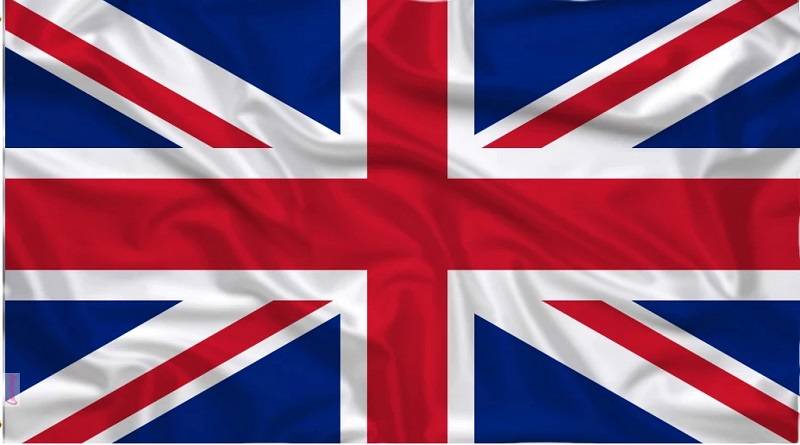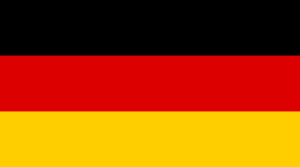THEME 2 MY ENVIRONMENT
THERE IS / THERE ARE
We use there is before singular nouns and there are before plural nouns.
We use there is and there are to say that something exist(s).
AFFIRMATIVE
There is / There are Object(s) Place
There is a sofa in the living room.
There are two paintings on the wall.
NEGATIVE
There is / There are Object(s) Place
There isn’t a sofa in the living room.
There aren’t two paintings on the wall.
INTERROGATIVE
Is / Are there Object(s) Place Short Answers
Is there a sofa in the living room? Yes, there is. / No, there isn’t.
Are two paintings on the wall? Yes, there are. / No, there aren’t.
EXERCISES
A. Choose the correct option.
1. There is / There are a lamp on the bedside table.
2. There isn’t / There aren’t a carpet on the floor.
3. There is / There are three museums in our city.
4. There isn’t / There aren’t two pillows on my bed.
5. There is / There are a mall in my neighbourhood.
B. Write positive or negative sentences with there is / there are / there isn’t or there aren’t.
1. computer / on the desk (+) ______________________________________
2. trees/ in the garden (–) _________________________________________
3. cars/ in the garage (+) __________________________________________
4. library/ near our school (+) _______________________________________
5. television/ in the bathroom (–) _________________________________________
C. Complete the questions and answer them. Use there is or there are.
1. (a swimming pool) ___________________________________________? ______________________________(-)
2. (books) __________________________________________? _______________________________(+)
3. (a leisure centre) ______________________________________? ______________________________ (–)
PREPOSITIONS OF PLACE
We use prepositions of place to show the position or location of one thing with another.
in / on / under / near / next to /in front of / behind / between / opposite
• Paris is in France.
• The cat is under the bed.
• They have a house near the sea.
• There are paintings on the wall.
EXERCISES
Choose the correct prepositions to complete the sentences.
1. I have got a notebook _______ my bag. a) at b) in
2. There is a computer _______ the desk. a) on b) under
3. The tree is _______ the house. a) in b) in front of
4. The pharmacy is _______ the bookshop and the cafe. a) behind b) between
5. Room 21 is _______ Room 20. a) next to b) at
6. Manchester is _______ Liverpool. a) behind b) near
7. The carpet is _______ the coffee table. a) under b) in
8. There is a window _______ the sofa. a) in front of b) behind
9. Our house is _______the school. a )on b) opposite
POSSESSIVE ’S
When we want to show that something belongs to somebody or something, we usually add an apostrophe (‘s) to a singular noun and an apostrophe (‘) to a plural noun.
Frank’s shop is very big.
Mr. Riley’s wife is an architect.
Pablo’s car is black.
We often use possessive ’s with names. When a name ends in s, we usually treat it like any other singular noun and add ‘s. But it is also possible to just add the apostrophe (‘).
Charles’s house or Charles’ house are possible.
EXERCISES
A. Circle the correct option.
1. Her brothers / brother’s name is Andy.
2. Pamela’s / Pamela mother is an officer.
3. Anitas / Anita’s brother is my friend.
4. Sue is Annie’s / Annie is sister.
OBJECT PRONOUNS
We use object pronouns when the speaker wants to talk about somebody or something in the object position.
They are used instead of nouns, usually because we already know what the object is. It makes the sentence easier to read and understand and avoids repetition. We normally use object pronouns after a verb or a preposition.
Subject Pronouns Object Pronouns
I me
you you
he him
she her
it it
we us
you you
they them
• They have got a new house. Let’s visit them.
• This is my pencil. Can you give it back?
• Your mother is in the kitchen. You can help her.
EXERCISES
A. Complete the sentences with the correct object pronouns.
1. Mr. Wilson is our new teacher. We like _____________
2. He has two sons. He plays football with ______________
3. Jessica and I are good students. Our teacher likes ____________
4. I have an idea. Listen _______________
5. Our cat is very lovely. Everybody likes ___________
DEMONSTRATIVES
We use this singular and these plural for people, things and animals that are near us.
This is my notebook.
This is our house.
These are Jenny’s books.
These are the children’s ice creams.
We use that singular and those plural for people, things and animals that are away from us.
That is Elizabeth’s car.
That’s your pen.
Those are Japanese cars.
Those birds are lovely.
We use this / these and that / those in questions. We generally use it or they in answers.
A: What’s this / that?
B: It’s a book.
A: What are these / those?
B: They are books.
EXERCISES
1. Choose the correct word.
1. This is / These are my passport.
2. That is / Those are Mrs. Wilson’s flowers.
3. This is / These are my sister’s toys.
4. That is / Those are Betty’s car.
2. Rewrite the sentences in plural.
1. That’s your key. __________________________________
2. Is that your pen? __________________________________?
3. This is my wallet. _________________________________
4. 4. This is your map. ________________________________
SINGULAR AND PLURAL NOUNS
• Most nouns take -s to form their plural.
book books student students
• Nouns ending in -s, -ss, ch,-x or -sh take -es.
bus buses box boxes watch watches
• If the noun ends in a consonant +y, the -y changes to -ies.
country countries family families
• If the noun ends in a vowel + y, it takes-s.
boy boys toy toys
• If the noun ends in -f or -fe, it takes -ves.
wife wives half halves
• Some nouns are irregular.
child children
person people
woman women
man men
EXERCISES
Write the plural form of the nouns
1. map _________________
2. watch ________________
3. city _______________
4. dictionary _____________________
5. person _________________
6. boy ________________
7. child _______________
8. class ______________
9. shelf ______________
MAKING COMPARISONS
• We use the comparative form to compare two people, things, places etc. We usually use than with comparative adjectives.
My room is tidier than Will’s room.
İstanbul is more e?citing than Ankara.
1. one-syllable adjectives
adjective comparative
quiet quieter
big bigger
small smaller
2. adjectives with two or more syllables expensive
exciting more exciting
expensive more expensive
3. irregular adjectives
good better
bad worse
much more
many more
little less



Average Rating